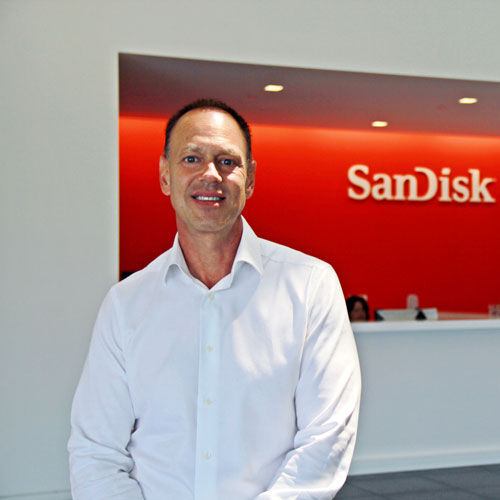
it’s about a connection.” —Kip Edwards, VP of Development and Construction
Few industries are moving faster than health care, and two factors, the Affordable Care Act and technology, are driving its changes. As the evolution continues, health-care systems such as Banner Health must keep pace. So, the nonprofit, based in Phoenix and operating 25 hospitals and hundreds of clinics and other medical facilities, is currently working on roughly 255 additional construction and renovation projects that will incorporate the latest innovations in order to help the organization maintain and enhance its focus on overall population health.
Kip Edwards is Banner’s vice president of development and construction. With more than 35 years of experience managing more than 18 million square feet of construction for companies such as Kaiser Permanente and the University of Michigan Health System, he has seen firsthand how big an impact proper facilities have. “The right buildings help health-care systems provide the best care possible,” he says. “We’re now focused on improving quality by moving towards the future of health care, which is in managing the health of populations.”
To this end, as Banner builds and renovates its hospitals, it’s adding components that will allow it to reach deeper into communities. In the past three years, for instance, Edwards has led the development of 12 multispecialty, full-service clinics. “Ninety-five percent of health care is provided on an outpatient basis, and we’re pushing those facilities towards the community,” he says. “It’s not about buildings; it’s about a connection.”
And, these days, “connection” is taking different forms as health-care technology continues to advance. Patients who once relied on face-to-face conversations with their health-care providers are increasingly turning to phones, e-mail, and the Internet for information and advice. Also, medical professionals are providing more options such as e-visits and telehealth in a push to make care more immediate and convenient. Operating in this environment leads Edwards to continually ask himself one important question: “What’s next?”
The query is important because Edwards and his team must anticipate coming changes and use them to inform the design and development of Banner’s buildings today. “In a fast-paced environment, we have to stay flexible,” Edwards says. “We have to provide buildings that meet current needs but can change to meet needs in 5, 10, or even 30 years.”
Banner’s development and construction division builds good, basic facilities that serve as solid foundations. Most locations start small and are designed to expand in incremental steps as the surrounding population and demand grow. Edwards says he always works to anchor a building’s main entry and then never move it. Flow of parking and pedestrian traffic should be clear and highlighted through building materials. A modular look created through a block base and a series of planes helps achieve consistency, which makes later expansion easier. Inside, designers mandate large data-distribution areas and create efficient pathways that will accommodate changes in technology as medical buildings adopt electronic health records and other innovations.

All these strategies are clearly on display in Fort Collins, Colorado, where Banner is developing a brand-new hospital with a health-care component designed to target a specific population. The project is in a new market for Banner, and it’s being driven by the organization’s partnership with Kaiser Permanente, which is growing its membership in the area. The managed-care group contracted with Banner to provide hospital and specialty care, and Edwards’s team is managing the construction of a small medical center for outpatient and inpatient care that will have the ability to grow over time. Though growth in the area might be slow, Edwards and his colleagues have already plotted out the entire process from start to finish; they know exactly how the full build-out will fit on the site as it evolves over time.
Overall, health care is under pressure as the Affordable Care Act and other factors change pay and reimbursement models. As health systems build facilities, returns aren’t immediate, so keeping costs low is critical, especially in new markets. For the Fort Collins project, Banner is minimizing costs by changing some aspects of its standard model. For example, developers have removed the need for an underground tunnel at the facility and brought subterranean components to the surface level. They have also found cost savings in finishes and mechanical components while fine-tuning all systems with a focus on energy savings. The changes have not only brought initial savings; they will also help reduce operational costs as the facility grows.
With the exact future of health care unknown, Edwards and Banner are doing what they can to be prepared. “We want to treat people with the best possible service,” Edwards says, “where and when they need it.”


